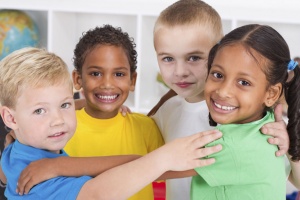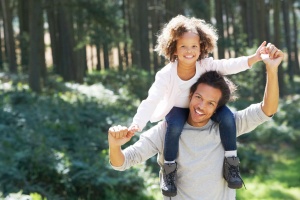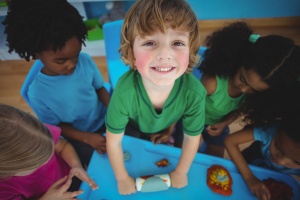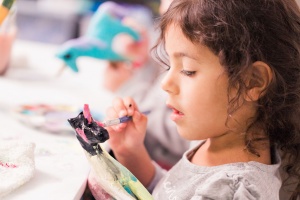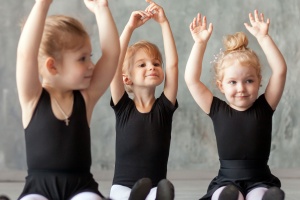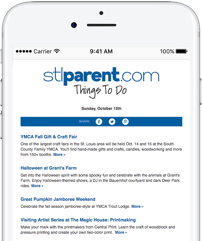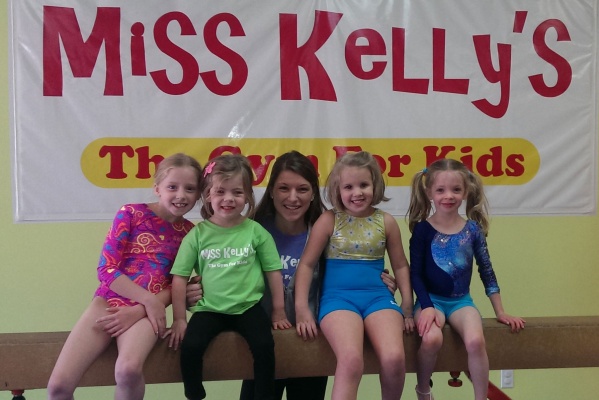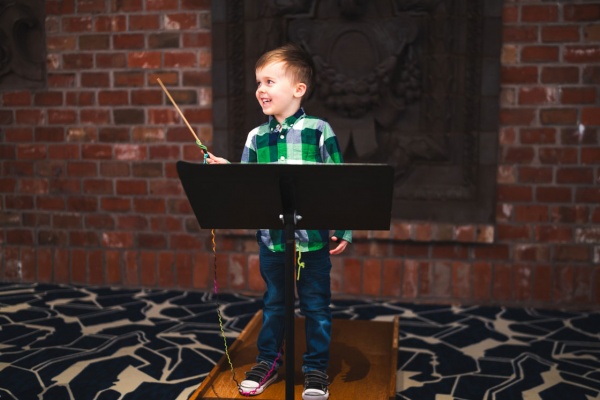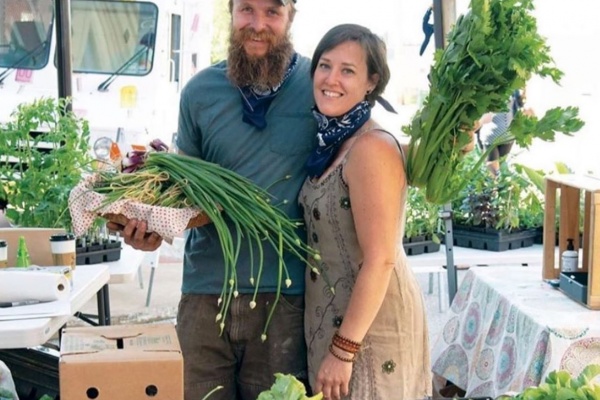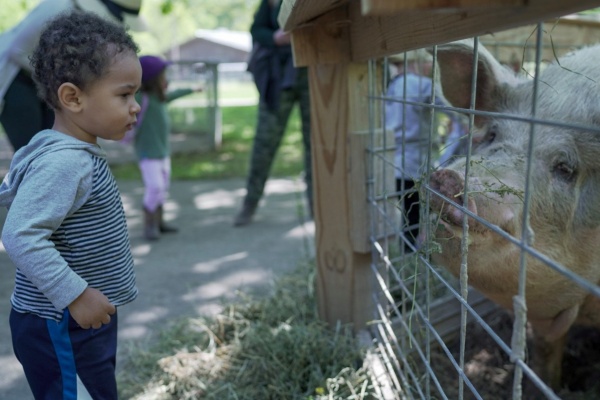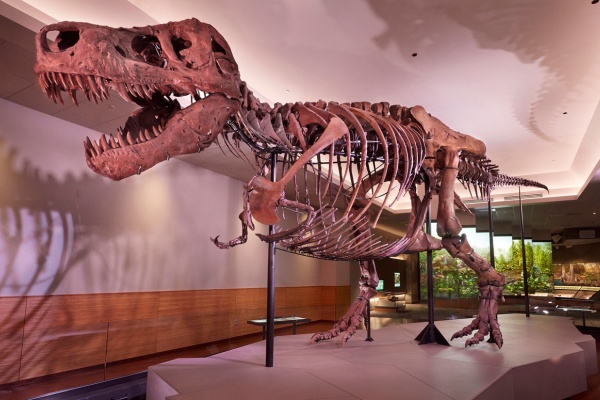

The ABCs of Sleep Every Parent Should Know
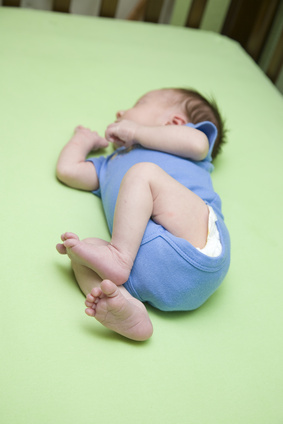 In a couple of weeks my little brother is going to become a first-time dad. I was so excited to hear about a new nephew coming into the world — not least because it was a great opportunity to wrest some of those last baby toys from my 6-year-old’s clutches and send them halfway across the country to his new cousin.
In a couple of weeks my little brother is going to become a first-time dad. I was so excited to hear about a new nephew coming into the world — not least because it was a great opportunity to wrest some of those last baby toys from my 6-year-old’s clutches and send them halfway across the country to his new cousin.
As I packed up boxes of crib sheets that my own mother-in-law had lovingly sewn for my boys, I came across a cute moon-and-stars bumper pad that matched my old nursery theme.
Without hesitation, I threw it away.
Bumper pads, quilts, stuffed animals and soft mattresses are all sweet and cuddly to us, but the thought of my newborn nephew suffocating or falling victim to sudden infant death syndrome, or SIDS, because of one of my hand-me-downs was too horrible a thought to bear.
Each year 4,200 babies in the United States die before their first birthdays from causes that fall under the umbrella of sudden unexpected infant deaths, or SUIDs. About half of these are from SIDS, which the Centers for Disease Control and Prevention defines as “sudden death of an infant less than 1 year of age that cannot be explained after a thorough investigation is conducted, including a complete autopsy, examination of the death scene, and a review of the clinical history.” SIDS is the leading cause of infant deaths in America.
Many infant deaths are not investigated thoroughly, so a determination of SIDS cannot be made. These are still classified as SUIDs, as are deaths from suffocation. Sadly, many of these tragic deaths could have been prevented with the ABCs of safe sleep:
Babies sleep best Alone, on their Backs, in their own uncluttered Cribs.
Co-sleeping is popular for many reasons, from cultural norms to exhaustion. It’s so much easier to snuggle up with a nursing baby in mom’s bed than it is to walk him back to his own crib. This is why the American Academy of Pediatrics recommends that babies sleep in the same room as their parents but not in the same bed. Room sharing instead of bed sharing reduces the risk of SIDS by 50 percent. (Incidentally, breastfeeding is a protective factor against SIDS.)
Word seems to be getting out about putting babies to sleep on their backs. It makes sense, really, that newborns who can’t lift their necks also can’t turn their heads enough to save themselves if their airways get covered when they are sleeping on their stomachs. Also, babies tend to sleep more deeply on their stomachs, which can contribute to their inability to rouse themselves enough to move before it is too late.
Other tips for keeping babies safe during sleep include offering a dry pacifier (not attached to a cord or string), placing a fan in the room and making sure the room’s temperature is not too warm – overheating also contributes to the risk of SUIDs. Babies should never sleep with siblings, pets or people who are overtired or who have taken drugs or alcohol.
Pregnancy is the best time to start preventing SUIDs – moms-to-be should be getting prenatal care, avoiding second-hand smoke and preparing for a safe sleep environment by buying a crib or portable play area that meets safety standards. (Currently no safety standards exist for co-sleepers or bassinettes, but the Consumer Product Safety Commission is working on this.)
Breathing monitors, including those very cool-seeming ones that report back to your smartphone, don’t work and should be avoided, according to experts in the CDC and National Institutes of Health Safe to Sleep campaign.
One of the organizers’ biggest gripes is how often media images show tiny sleeping babies bundled to the hilt, hugging stuffed animals, snuggling with siblings, sprawled on a dad’s chest on the couch or nestled in a bed chock-full of toys and blankets and those dreaded bumper pads. If you do a little browsing online, you’ll see it’s true. And it’s a little creepy — I sincerely hope that after the photo was snapped, those beds were stripped bare and those babies were left alone to sleep safely.
As I packed up the box for my brother and his wife, I couldn’t bear to part with the silky-soft toddler-sized pillow and homemade pillowcases for it, so I compromised: I included them, in a bag with a note about SIDS and how they shouldn’t add the pillow to his bed until he is at least a year old. Then I added some URLs for more information:
It was my one piece of “interfering auntie” advice. Now I can get back to preparing to spoil that baby silly.

Amy De La Hunt is a journalist and editor who lives in the St. Louis metro area and works across the country as a writer, copy editor, project manager and editorial consultant on everything from fiction books to monthly magazines to blog posts. When she's not chauffeuring her teenage sons to activities, Amy is an enthusiastic amateur cook, landscaper, Latin dancer and traveler. Follow Amy on Instagram @amy_in_words

